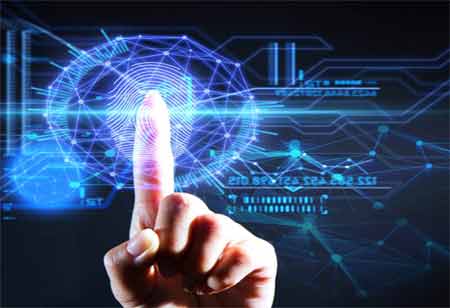THANK YOU FOR SUBSCRIBING
Changing the Future with Cognitive Computing
The cognitive computing process involves using computer models to simulate human mental processes in complex situations involving vague and uncertain solutions.

By
Apac CIOOutlook | Tuesday, January 24, 2023
Stay ahead of the industry with exclusive feature stories on the top companies, expert insights and the latest news delivered straight to your inbox. Subscribe today.
Cognitive computing is the use of computerized models to simulate the human thought process in complex situations where the answers may be ambiguous and uncertain.
FREMONT, CA:The cognitive computing process involves using computer models to simulate human mental processes in complex situations involving vague and uncertain solutions. While computers are faster at processing and performing calculations than individuals, they are unable to comprehend spoken language or identify items in images. The goal of cognitive computing is to have computers function similarly to the human brain.
Cognitive computing uses artificial intelligence (AI) and other underlying technologies, such as ML, deep learning, object detection, robotics etc. These techniques are combined with self-learning algorithms, data analysis, and pattern recognition in cognitive computing to train computer systems. The learning technology can be utilised for a variety of tasks, including face detection, sentiment analysis, risk evaluation, and speech recognition. Additionally, it is especially beneficial in industries like healthcare, banking, finance, and retail.
To recommend optimal solutions, systems employed in cognitive sciences incorporate input from numerous sources while balancing context and contradictory information. Cognitive systems use self-learning technologies like data mining, pattern recognition, and NLP to simulate human intellect to perform. Large amounts of structured and unstructured data must be supplied to machine learning algorithms for computer systems to tackle the kinds of problems that humans are generally entrusted with solving. Cognitive systems can improve their pattern recognition and data processing capabilities over time. They learn to model potential solutions and anticipate new issues. An AI system can be trained to recognise images of dogs, for instance, by storing thousands of dog images in a database. More data exposure enables a system to learn and improve over time.
Systems for cognitive computing are frequently employed to complete tasks that call for the analysis of enormous volumes of data. For instance, cognitive computing in computer science helps with large data analytics, seeing trends and patterns, comprehending human language, and connecting with clients.
Advantages of Cognitive Computing
Analytical Accuracy: The cognitive computing method can juxtapose and cross-reference unstructured and structured data
Business Process Efficiency: Large data sets can be analyzed using cognitive technology to recognize patterns.
Customer Interaction and Experience: Customer interactions are improved by the contextual and pertinent information that cognitive computing gives to users through tools like chatbots. The client experience is improved by combining cognitive assistants, personalised recommendations, and behavioural predictions.
Employee Productivity and Service Quality: Analyzing structured and unstructured data is made easier with cognitive systems.
Often, AI systems that mimic human reasoning are referred to as cognitive computing. Human cognition entails a real-time study of the context, intent, environment, and several other factors that influence a person's capacity to solve problems. A computer system needs several AI technologies to develop cognitive models. These include sentiment analysis, neural networks, NLP, machine learning, deep learning, and neural networks.
Cognitive computing is primarily used to support human decision-making. AI find solutions or patterns in large amounts of data. The more ambitious objective of cognitive computing systems is to develop algorithms that simulate how the human brain reasons to solve issues as the data and the issues change.





